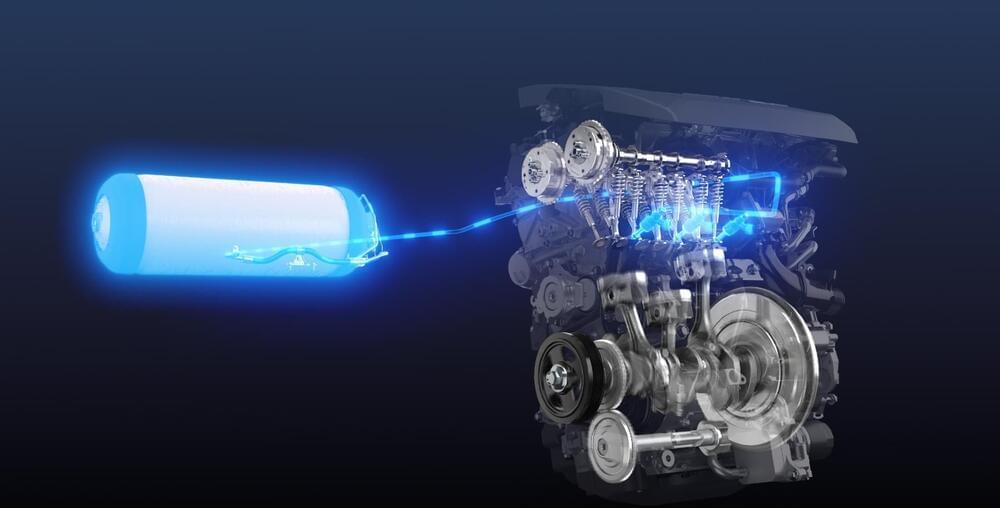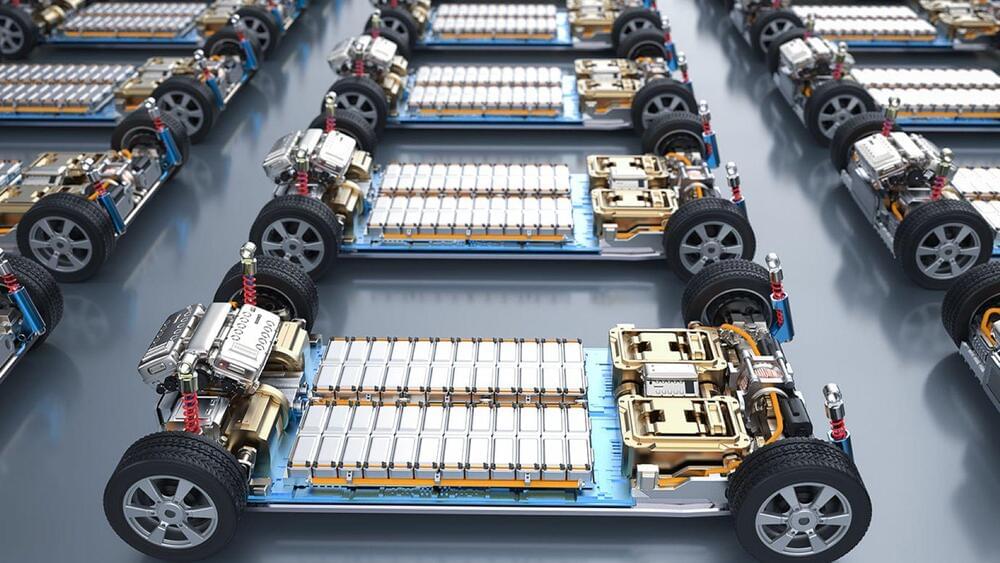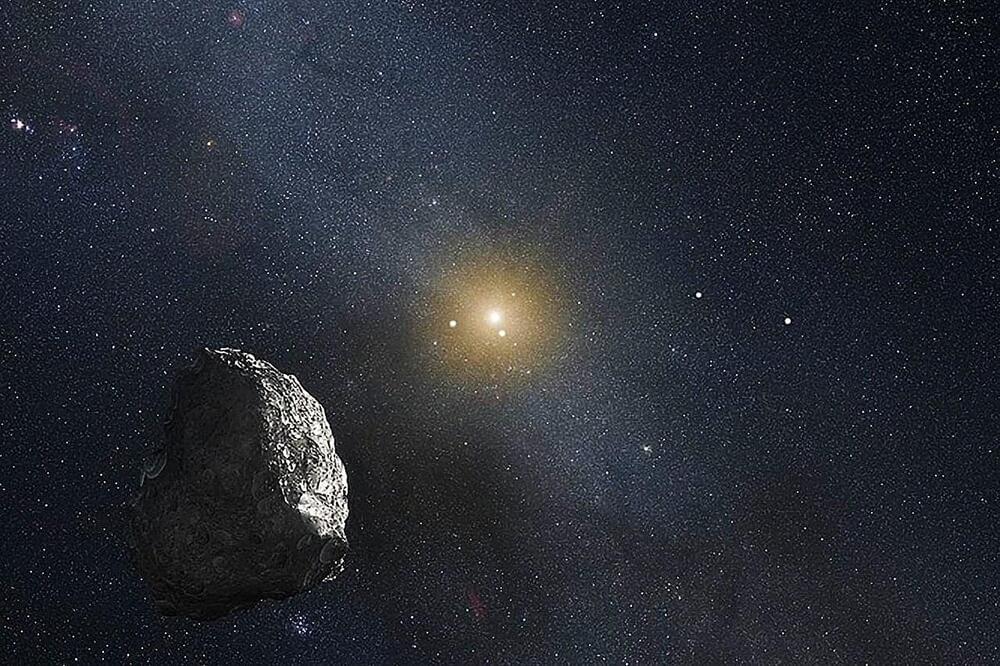Light is renowned for its incredible speed.
Get the latest international news and world events from around the world.


New water batteries stay cool under pressure
A global team of researchers and industry collaborators led by RMIT University has invented recyclable ‘water batteries’ that won’t catch fire or explode.
Lithium-ion energy storage dominates the market due to its technological maturity, but its suitability for large-scale grid energy storage is limited by safety concerns with the volatile materials inside.
Lead researcher Distinguished Professor Tianyi Ma said their batteries were at the cutting edge of an emerging field of aqueous energy storage devices, with breakthroughs that significantly improve the technology’s performance and lifespan.
How to Make AI Work for Small Businesses
Small businesses are an important part of society and AI is becoming just as important. Here is how artificial intelligence can help them.

Hackers phish finance orgs using trojanized Minesweeper clone
Hackers are utilizing code from a Python clone of Microsoft’s venerable Minesweeper game to hide malicious scripts in attacks on European and US financial organizations.
Ukraine’s CSIRT-NBU and CERT-UA attribute the attacks to a threat actor tracked as ‘UAC-0188,’ who is using the legitimate code to hide Python scripts that download and install the SuperOps RMM.
Superops RMM is a legitimate remote management software that gives remote actors direct access to the compromised systems.


You could soon be able to pay for meals with your face
Users simply register by taking a selfie and then verify their identity and payment transaction by looking at the restaurant’s camera, according to CNBC.
In essence, it acts very similar to Apple’s Face ID.
The Cali-based software company explained the tech on its website, reading: ‘PopID is the universal gateway for verifying an individual’s identity based on their face for applications such as loyalty and payment.’

Bangladesh evacuates hundreds of thousands as a severe cyclone approaches from the Bay of Bengal
NEW DELHI (AP) — Bangladesh evacuated nearly 800,000 people from vulnerable areas on Sunday as the country and neighboring India awaited the arrival of a severe cyclone that has formed over the Bay of Bengal. The storm is expected to cross Bangladesh and India’s West Bengal coasts around midnight Sunday. The India Meteorological Department said it is expected to reach maximum wind speeds of up to 120 kilometers per hour (75 mph), with gusts up…
Merging Hardware & VR To Create An Immersive Car Control Experience
This fun and innovative project employs a rotary encoder and Arduino to capture rotational data and translate it into car movements in VR.